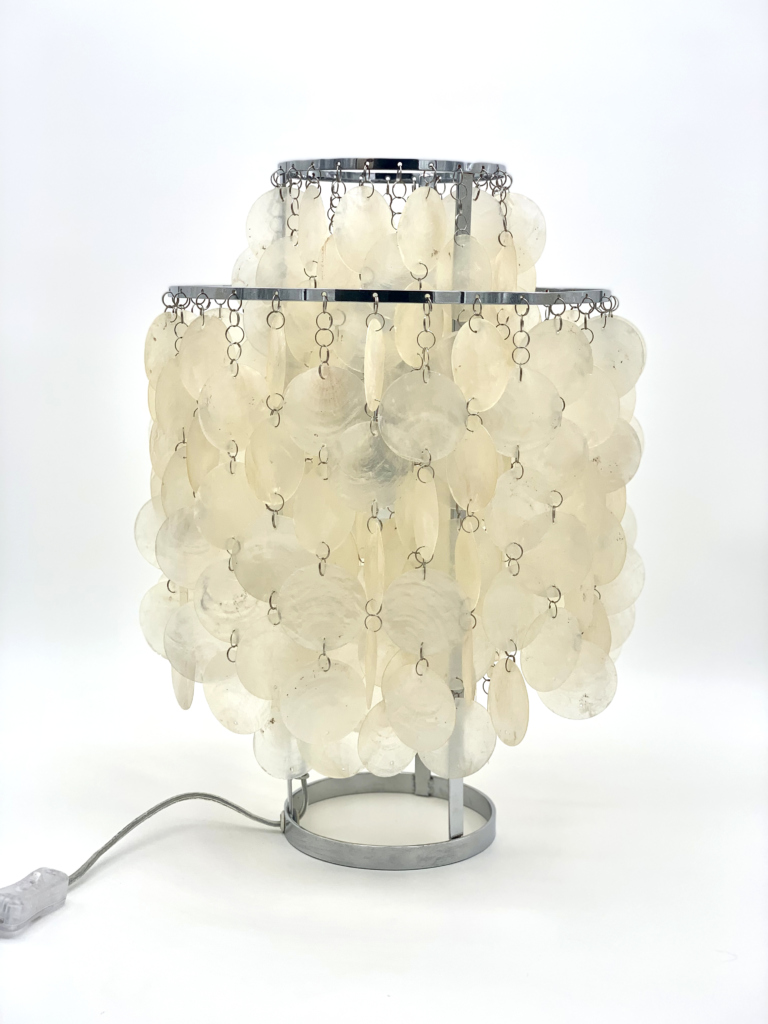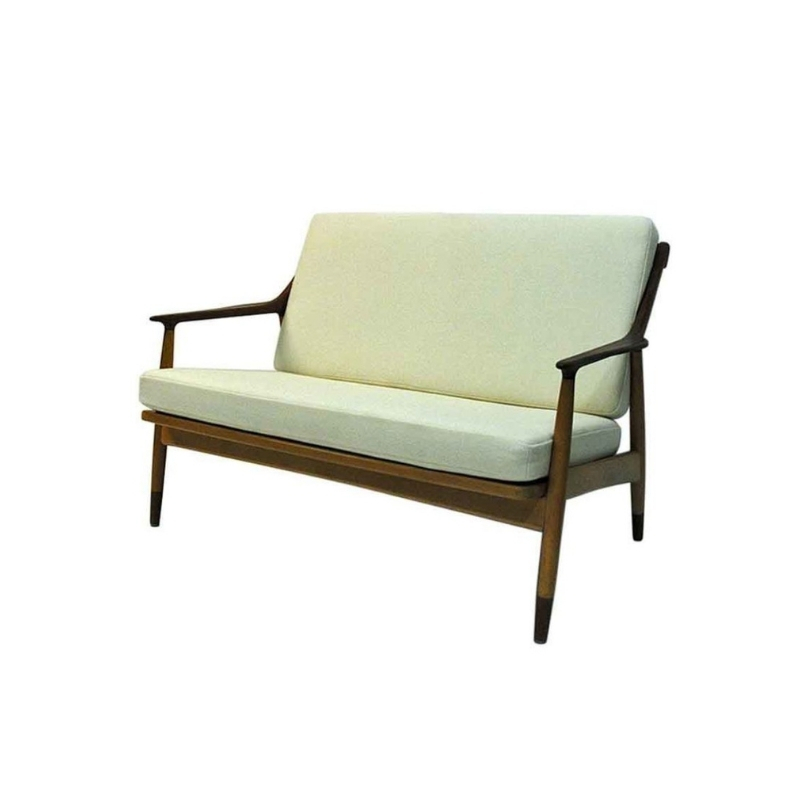Lots of
good ideas there, many of which I use too. In your middle paragraphs, Heath, sounds like you are describing polyurethane glue as your glue of choice ? I like it too. It does catalyze via the moisture it finds, so that explains the licking, I guess. Thin rubber gloves are the only proof against the dreaded black hand syndrome.
Different woods certainly do call for different methods and materials, as you suggest. Poly glue handles moist or oily woods in a unique way. Epoxy is gap-filling to a degree not found in many glues -- though Titebond II and III waterproof yellow glues (III is dries tan) are good in this way as well, as they shrink less than regular yellow glue.
Each adhesive has its place. I like PVA ("white glue") for laminating and veneering, e.g. in the vacuum press, because it seems to have the excellent properties of aliphatic resin but with more open (working) time.
I haven't used hide glue since school days (under Tage Frid). Its special charm is that heat softens it, so repairs and rework are possible. I imagine the antique restorers and conservators like this aspect !
Too much glue is better, in the end, than too little -- but just right (a row of tiny beads) is ideal. Yes, I didn't to imply that sanding after wetting is not good enough. And no, you aren't in the league of the pontificators. They know who they are. . .!
globs of glue
Any suggestions? I'm refinishing two end tables. Maple probily 1940's-50's maybe older. The breaks are clean so if I can get the glue off they should be hardly noticeable. Tried razor blade but some of the areas are large runs. As if someone tried to repair and did'nt bother to wipe any of the excess and believe me theres alot of excess!!! Thanks , lyn1881
Photos
would be very helpful -- necessary to assess your problem. Wood glue (rigid adhesives) are typically harder and stronger than the wood, so removal of fully-cured excess can be tricky, requiring some time and considerable patience. It is rare to find a situation where the surrounding wood finish is undamaged by the process of removal. Flat surfaces are easiest to deal with; a sharp block plane can knock down the highest parts of the glue squeeze-out and in fact can remove most of the glue before contact the surrounding wood surface. If it is important to secure the existing finish, masking tape can be applied to the surrounding area before mechanical processes commence.
Molded edges require more specific carving or filing and/or sanding procedures. Sharp knives and chisels, wood rasps, and 100 or 120-grit sandpaper with a hard backup would by the typical "weapons of choice" for beginning this part of the process. Progressively finer sandpaper will finish the job; again, this of course will compromise the surrounding finish. The ideal is to remove all finish on the piece (or the section being reworked), followed by fine sanding and refinish.
There are no chemical processes that I know of to aid in removal of excess rigid glue. Most such adhesives are waterproof -- though simple aliphatic resin (like the original Franklin Titebond) is not, and would eventually submit to soaking in warm water. But this in turn would be damaging to the wood and (especially) to most wood finishes. Specifically, water swells wood, which in turn damages or destroys the bond of hard-film finishes like shellac, varnish, paint and lacquer.
I've come across so many different wood types and glues over the years I am affraid to tell you there is no simple solution as no one can tell you who built the item exactly, when it was built and what was used to create bond as most times its whats to hand at the time wether suitable or not. Try my suck and see method, something will work. A little water followed by hairdryer not a blow lamp jobby. If no result try a little amount of white spirit. I must admit to having more regular success with white vinegar as stated above, however for a more fragrant aroma round the workshop or indeed in your house, try Apple Cider Vinegar. Or if you are a complete amateur ( ie mug) go and pay a fortune for a brnded glue solvent which contains one or all of above.
Happy chipping
xxx
KWJB
Wood glue however is very useful. In case you put two pieces of wood together for project only to look at results and later you realize you made a mistake. The only problem will arise that glue will dry enough.
To overcome that, Use "vinegar".Here is the procedure:
Wear gloves to protect your hands and pour vinegar into bowl(you have to buy 30% concentrated vinegar). use 2-3 cups and bring a towel, now soak the towel and put onto the pieces which you want to loosen the glue. leave for 15-20 minutes so that glue can absorb vinegar ,after that remove towel and try to pull pieces.
If you need any help, please contact us at – info@designaddict.com









